With details of competitions ending this week:
Submission deadlines this week
Last
chance to submit your Monthly Micro and join the Novel Creator
Hello
friends, Today is
the last day to get
your applications in to join our Novel Creator course starting
on 18th September. Or to book a non-mentored space. If you’re determined to
finally get that novel written it can help with 33 tutorials over a year
showing you a whole host of tools that novelists use to write compelling
stories with memorable characters. We’ve got lots of success stories from
previous courses, with 5 novels already published and another coming in 2024.
Get all the info and apply, or book, here. And the
Monthly Micro deadline is in 2 days. Send your 100-word stories by 23.59 UK
time on Sunday 10th September to win cash prizes and the People’s Prize vote.
The prompt is DIFFERENT. Enter here. Submissions are open for the December
2023 edition of WestWord. Send us your micros, flashes and short stories on the theme
of HOPE. Deadline to submit is 30th September 2023. Info here. With
love, If
you’d like to work with me on a one-to-one basis to develop your craft, then
I offer mentoring and editorial support for writers of flash fiction, short
stories, novellas, novels, and memoirs. Contact me for info and
costs for a bespoke short or long-term package. Or alternatively, you can
book directly on my Mindful Mentoring page. Thanks
for reading and good luck with all of your writing projects! If you
know of any writers who would enjoy our posts, then please do share this with
them and help spread the Retreat West story-loving word! Invite your friends and earn rewards
If you
enjoy Retreat West, share it with your friends and earn rewards when they
subscribe.
© 2023 Amanda Saint |
|||||||||||||||||||||||||||||||||||||||||||||||||||||||
Craft Development: Writing amazing settings
Making
the descriptions in your stories matter
“Don’t tell me the moon is shining;
show me the glint of light on broken glass.” ― Anton Chekhov Hello
friends, I don't
know about you but often when I read novels and short stories where there are
lengthy descriptions of rooms, clothes, movements, views out of windows,
landscapes, things on tables, I end up thinking "So what?" and often
skip over these elements. That's
because the writer isn't making their descriptions matter. I love writing that
immerses me in the worlds being created. That makes me see, feel, hear, taste
and smell what the characters can. But the descriptions also have to mean
something. So how
do you make your descriptions matter? There are several things to think about
when writing setting descriptions, or should I say editing as this tends to
happen in the polishing rather than the first draft. Firstly,
ask yourself if you are writing purely from the character's experience. If
you are writing it purely as part of character in action then the
descriptions automatically start to mean something as they will be imbued
with your narrator's voice, viewpoint, feelings, motivations, take on the
themes. How do
you layer this in? It's
about:
Layering it in
Layering
in these elements is how you really give your writing texture and atmosphere
to make your work really shine. Look at
this example, which is an extract from a tutorial in The Novel Creator Course that I designed and
teach with C.M. Taylor (aka Craig). It's from Lesley Glaister’s novel, As Far As You Can Go, which
is the
story of an English couple, Cassie and Graham, who accept a job in Australia
to try and get their lives, and their relationship, out of the rut they feel
they've got stuck in. Although the Australian landscape is captured so
vividly, and the claustrophobic home they find themselves living in, it is
always purely as part of the characters’ experiences, rather than just
descriptive writing to let the reader know where they are. It's description
that matters. These
two sentences from early in the book when Cassie and Graham first arrive in
Australia and are feeling overwhelmed by the alien landscape and intense
heat, as well as the decision they've made to live on a remote ranch for a
year with two strangers, illustrates this really well: “The gorge appears, at last. A crack in the red earth, zigzag
patterned cliffs rearing up to one side, white gums against the blue and red
and startling green of the rushy grasses.” Here
you can sense their alienation, from each other and the Australian
landscape, as well as how overwhelmed they feel by the situation they have
got themselves in. All through Glaister's use of crack, rearing, startling,
without her ever having to tell us that they are feeling these things. What
she's chosen to describe and what she says about it also foreshadows and
references much of what is to come. Gorge - this hints at the problems with
food obese Mara, who they are there to look after, has; as well as several
food scenes in the story to come and the climax of the story (I won't reveal
it!). When this scene appears shortly after Cassie and Graham arrive at the
ranch, it is doing the job of setting up an atmosphere that veers between
increasingly sinister and idyllic. So those
two sentences are working really, really hard! What
novels do you know of that feature descriptions that matter in this way? Do
let me know in the comments below. Descriptive writing tools
In the Novel Creator we go into great depth on the
tools you can use to deliver writing that works as hard as that and look at
the senses, seasons, societies and more, but I’ve summarised some of the
elements we look at here: But
to write the best novel or story that you can and engage your readers in the
world you've created, you need to do a lot more than the minimum. So
as you write on, think about how you can use these elements in your writing
to make sure that the world you're building is not just a backdrop to the
action. And always ask yourself the following questions: If
you think about all of these elements then your landscape and setting writing
can shine while working with you to create the feeling you want your readers
to have. Happy
writing and editing! With
love, If you
know of any writers who’d enjoy this post, please share it with them.
© 2023 Amanda Saint |
Storytelling with the Tao Te Ching
A
new Substack from Amanda Saint
Hello
friends, Inspired
by the online course I created at Retreat West, my latest Substack is a new
home for writers who want to explore Taoist philosophies and take their
writing to a deeper level. We find
ourselves living in tumultuous and fast changing times and I believe that as
storytellers, we have to start to change the way we portray humanity and the
world to bring more positivity and love to the universe. I also write The Mindful Writer
where I have other posts related to this. You can read one here. And I run The Slow Story Club there
too. I
believe that by writing our stories with the chapters of the Tao Te Ching as
inspiration we can start to heal ourselves. And if we heal ourselves, we will
start to heal our planet too. Each
month I will post a chapter of the Tao Te Ching along with associated
discussion content linking the chapter to our world today, a short story
reading, craft development section, and a writing prompt. The Tao
Te Ching is a Chinese classic text which is the basis for the Taoist
philosophy and religion. It is believed to have been written around 400 BC by
Laozi, who was a Chinese philosopher and writer. Also known as “The Book of
the Way”, as Tao Te Ching translates roughly as “the way of integrity”,
it is considered to be one of the most important books of spiritual
literature and is thought to have been written to help restore peace and
harmony to a kingdom where discord and disorder were rife. In the
short course, I used a selection of chapters but here in this new
publication, I am going to start at the beginning and work through them all.
I am excited about the prospect as writing the initial 8 workshops was a joy
and helped me develop my own writing practice too. The first post inspired by
Chapter 1 will be posted in September. Here’s a
sample of one of the course workshops to show you what kind of thing I’ll be
sharing: Chapter 2 When
people see some things as beautiful, Being
and non-being create each other. Therefore
the Master Balancing Act
At the
heart of Daoism is the concept of balance, which is expressed through the
belief that you cannot have light without dark, happiness without sadness,
slow without fast, day without night. The yin-yang symbol is the embodiment
of this and the black and white portions of the symbol are equal to one
another. In the
book Qigong and the Tai
Chi Axis by Mimi Kuo Deemer, she explains: "The
original meaning of yin and yang, however, referred to the shady and sunny
side of a mountain. Ancient Daoist and shamanic sages observed that as the
sun rose and crossed the sky, one side of the mountain would be in sun while
the other was in shade. By afternoon, the light on the mound was the
opposite. This non-hierarchical idea came to reflect the notion that the world
exists in a harmonious balance of opposites; if something contracts it must
first expand." Storytelling
What I
want to look at more closely for storytelling from the ideas in Chapter 2 and
how they relate to the time we find ourselves living in now, is this part: When people see some things as
beautiful, This
part of the chapter seems to me to be showing the world as out of balance and
to reflect our times. We are living in a time of division — the them and us
mentality seems, to me, to be growing by the day. People splintering into
different groups and aligning themselves with that group's ideology only.
Demonising other groups, and even people who are in no groups and are
accepting of all, as they're not saying what the people in that group want to
hear. We see it in politics all the time. Anyone
who has seen any of the news from the UK over the past decade in particular
will know about the demonisation of 'others' by the media and politicians.
Those others take many forms depending on the stance of the media outlet, or
political party. In 2016, the people living in the country were divided into
Stay and Leave and the repercussions of that are still reverberating now. In 2022
I spent a few months travelling to Turkey, Mauritius, Thailand and Malaysia
and in all of these places (bar Thailand), people I spoke to told me how
their government marginalises people based on their religion and/or
ethnicity. I have seen the fast-widening gulf between the haves and the have
nots, and the fast-growing numbers of have nots. These social issues are
wrong and upsetting, they
are not the harmonious balance of opposites at the heart of the Tao.
But they are the kind that make for interesting stories. Conflict
is at the heart of storytelling — both external in the world of the plot, or
premise, that starts the story off and internal in the mind of our main
character. That conflict doesn't have to be huge and explosive, but it does
have to be there. So for
this first week's workshop, I want to look at the idea of the 'other' in
stories. Reading
Useful Sister
Weike Wang
Story Analysis
I chose
this story because the conflict isn't huge and explosive and becasuse it
seems to me to have the 'other' within it in different layers. It's present
right from the start with the youngest sister, Veronique, being named
differently and parented differently, and subsequently, as our narrator
believes, behaving differently. Then there is the otherness of being a
Chinese immigrant family in America and, all through the story, the narrator
lists the ways in which Veronique is not doing things the way they should be
done. Also,
these passages in the story have a Tao Te Ching kind of feeling to them: Blend
in just enough but also aim for the top. Stand
out too much and you will inevitably be cut down. Save
and live frugally so you can be rich. Throughout
the story though, it feels to me that it is the narrator who really feels,
fears, that she is the 'other' and I believe that feeling lies at the heart
of everyone driving division and splintering into groups today. That people
are afraid they don't fit in so they have to join a group, or create one,
where they can try. What did you think of the story and it's
sense of otherness? Let us all know in the comments below. In this
extract from the craft book, Inside
Story: The Power of the Transformational Arc, Dara Marks talks of
the "Eternal Story" and that at the heart, all stories are about
life and death. Not always a physical birth or passing, but of hopes, dreams,
ideas, judgements, all of the things that make up a human life and psyche. So as
you approach the writing for this week, think about how you introduce this
life and death into your story and how it is tied to the conflict at the
heart of it. Writing Prompt
This
week I want you to write a story that features 'the other' and a character
that has to confront their assumptions about them. When you
write the story, think about how you can also bring in this element of the
Tao chapter as part of the character's emotional journey. Therefore the Master How does
someone teach without saying anything? For me, this is all about actions
speaking louder than words. What ways do you think this can be expressed in a
story? Things
to think about when drafting/planning your story:
All of
the posts will be free to all but comments and sharing of ideas and responses
to the prompts will only be for paid subscribers. I do hope you’ll join me in
exploring this ancient wisdom to inspire stories that can help change us
today. With
love, Invite your friends and earn
rewards
If you
enjoy Retreat West, share it with your friends and earn rewards when they
subscribe.
© 2023 Amanda Saint |
UPDATE TO PROMPT FOR September Monthly Micro!
Apologies
for sending the wrong prompt!
Hello
friends, So
sorry, I shared the incorrect prompt in the previous email. The Monthly Micro
is back after the summer break in August and the prompt is DIFFERENT. Send us
your tiny 100-word stories by Sunday at 23.59 UK time to be in with a chance
of winning the cash prizes and the People’s Prize vote. We look
forward to reading stories that have lots of different takes on DIFFERENT! Good
luck! Get all the info and submit your story here. Please
share this with any other writers you know who may be interested. And
subscribe to our emails for regular updates on all things writing!
548 Market Street PMB 72296, San Francisco, CA 94104 |
The September Monthly Micro is live!
How
will you interpret the prompt?
Hello
friends, The
Monthly Micro is back after the summer break in August. This month’s prompt
is MOON. Send us
your tiny 100-word stories by Sunday at 23.59 UK time to be in with a chance
of winning the cash prizes and the People’s Prize vote. We look
forward to reading stories that have lots of different takes on MOON! Good
luck! Enter your story here. Please
share this with any other writers you know who may be interested. And
subscribe to our emails for regular updates on all things writing! © 2023 Amanda Saint |
|||||||||||||||||||||
|
A Word With...Amy Barnes
Our
monthly interview series
A Word With… is our monthly interview series in which we chat to writers,
journal editors and indie publishers about words, stories and life. We
are delighted to welcome Amy Barnes this month. Amy is the Co-Editor at Gone Lawn, an Associate Editor at Fractured Lit and was a reader at Retreat
West for several years. She is also the author of three collections: Mother Figures (ELJ Editions,
2021), Ambrotypes (Word West LLC, 2022), and Child Craft, forthcoming from
Belle Point Press this month. Her writing has been nominated for Best of the
Net, the Pushcart Prize, Best Microfiction, longlisted for the Wigleaf Top50 in 2021
and 2022, and included in The
Best Small Fictions 2022. So
here’s what she had to say to my questions… Amy,
to me you seem to be a prolific writer with stories being published regularly online and also your third collection coming out this
month, which makes it three years in a row to have a book published. Can you tell us a bit about your writing process and how you find inspiration to create so many stories?
Thank you so much! The pandemic had a silver lining when kids switched to online
“learning” for a year and we couldn’t go out and do things. While the education was
not what it could have been, we were together 24/7 and our usually-packed schedules
went away. I’ve actually steadily written for decades, mostly for lifestyle magazines. I still haven’t quite figured out how to merge the literary and non-fiction side of things but that’s a story for another time and also why I don’t have a website. However, no hectic schedule and with most lifestyle magazines on tight budgets, I had time to write fiction. And I did. While my kids read books and wrote essays, I wrote
and took online courses that I didn’t have access to when they were strictly in person –a translation conference in France where Lydia Davis spoke, a course with Sabrina
Orah Mark, wonderful SmokeLong Quarterly community meetings, Word West
courses. And I wrote and edited a lot (including reading every month for Retreat West!) It also felt like submitting online for digital publications opened up more in the last five years, with an influx of new journals and online publishing at print journals too. I’m from the camp of writers that slowly submitted with postcards and stamps so the
adrenaline rush of submitting online was new to me. I still found myself loving print-only journals like Bath Flash Fiction and National Flash Fiction Day anthologies. I
found myself with enough loosely-linked stories to submit as collections and repeated
that formula three times – submitting and getting flash and micros published,
organising into collections, and then submitting the collections, over and over again. You are currently an editor for Gone Lawn and Fractured Lit, and have previously been a reader for many other journals and for the Retreat West competitions, can you tell us what you think these roles bring to you as a writer, and as a reader of stories?
The benefits are multifold. I am able to see the level of talented writers that are getting
accepted and rejected - this helps me deal with my own rejections easier. I get to read wonderful stories that are like sparkly gems. I get to read stories that make me all shivery and jealous that I didn’t write them or invent a particular turn of phrase,
character or setting. I love reading new tiny or big stories and also seeing them
published. For me, reading and editing for journals feels like a natural extension of
submitting to journals; I would feel weird if I wasn’t doing both. Your stories are often surreal and strange, and I always read them more than once and get more
from each reading. Did you deliberately set out to develop this kind of writing style or did it emerge naturally?
I don’t set out to confuse anyone but I think I have always walked a blurred line of
surreality. Sometimes to soften tough topics a little, other times to twist a fairy tale. I’m a “pantser” in terms of writing and editing – a lot of my writing takes place in my head so I think my style developed “naturally.” My earlier and longer fiction is written in the American South and I think some of that genre tends to be odd or quirky, maybe in part because of character development. Of course, it could just be because I’m a little strange in real life too. Many of your stories have really arresting opening lines that instantly draw the reader in and let
them know that the world they are about to enter is probably not like the one they
experience every day. When you're writing first drafts do you have these lines already and build
the story from there, or do the openings tend to come later when you have drafted and
edited and got to the heart of the story? Or does it change every time?!
It changes a little every time. Especially in flash or micros though, I mostly do come
from the first (or sometimes last line) or title as a starting point for the story. I often
work backwards from those three options to write the main body. However, I have
written stories with no title and a first line that went nowhere; in those cases, I went
searching in the text for a better opener. I think in shorter pieces especially that
“unpacking the suitcase” of the title/first line is especially imperative. I do love choosing odd or obscure words for a title and then “defining” the title word with the story. While I do write what might be labeled as more traditional fiction, I do also approach writing fiction as what you mention above, a framing of the text – to let
readers know that the world they are about to enter is probably not like the one they
experience every day. Your collection, Mother Figures, looks at the mother-daughter relationship in depth and from many different angles, and your new collection, Child Craft, also focuses on the ways mothers and daughters push and pull against each other. Can you tell us what motivates you to keep writing about this sometimes loving, sometimes fraught, relationship?
Honestly, I went into writing fiction with a directive to myself: don’t write about
mothers or daughters, or mothers AND daughters. As you can see, I failed or
succeeded – brilliantly or miserably depending on the day. I continue to write about
those topics in the midst of fraught-ness and being a mom to a daughter. Sometimes,
the stories are reminders to myself on how not to act, cautionary tales but I think I’m
also fascinated with the dynamic overall too. My perpetually-in-progress novel actually focuses on a father-daughter relationship
but again, I veer into the theme somehow. the mother figure is not around and that
comes into as a relationship in absentia. What can we expect
from you next?
I’m kind of in book promo mode right now, but I’ll be doing a Zoom launch (details
to
come) and some other events like a course tied to the collection. I haven’t written or
submitted much this summer, but plan on getting back on track. And speaking of that
novel-in-progress – that’s my “next” project, corralling all the loose ends and chapters
in the huge Google Doc. Thanks
so much Amy for your time and insights. Hopefully lots of us will now find
the inspiration to pull together our stories and form a collection! Next up,
we'll be having a word with Ingrid Jendrzejewski who as well as being a
writer of short fiction, is Editor in Chief of FlashBack Fiction, an editor at Flash Flood, and a flash editor at JMWW, and is one of the co-directors
of National Flash Fiction Day (UK). Thanks
for reading. If you know of any other readers and/or writers who would enjoy
this interview, please do share it with them. And if
you’d like to develop your writing craft, please subscribe to our posts to
get regular news of submission opportunities, writing workshops and craft
development features. You're currently a free subscriber to Retreat West. For the full experience, upgrade your subscription.
© 2023 Amanda Saint |
Fiction Writing Course: Experiments in Flash
Workshop
5 - Fractal Changes
"All great changes are preceded by
chaos." -
Deepak Chopra As we
saw in the first workshop of this course, fractals are created by repeating a
simple process over and over in an ongoing feedback loop. These fractal
repetitions play out in our lives over and over again and there's a theory
that there's a point between each repetition that is the optimum moment for
change. We'll look at these moments in time and how they can be used for
characters to make the changes they need to, or not. Looking
at the quote from Deepak Chopra, in storytelling terms the changes that our
characters go through are always preceded by some form of chaos, usually in
the physical world of plot, which precipitates upheaval in their
mental/emotional/spiritual world and brings about the change that stories
hinge on. This is done in a quick, subtle way in flash and over a longer
period, and more in depth, in novels. In this
video, Gregg Braden looks at these fractal patterns in our lives, what can
cause them to occur, and describes the moments where change can happen. Click
on the image to play. I
think the idea that changes made in these choice points are more potent, and
have bigger impacts in our lives is a great narrative tool to play with. On
his website, Gregg Braden has created a Fractal Time Calculator so that you can
figure out when patterns might repeat based on a seed event occurrence, and
when that "Choice Point" will come around. I have had great fun
playing with this for my characters in my longer narratives to figure out
when things happened in their past for what I'm writing in their present. Choice Points in Storytelling
I think
this idea of choice points also ties into the cycles we've seen in play
during Workshop 2 and our characters breaking out of them. In terms of
character psychology, it also ties into the concept that 'what came before
creates the now' which is, when you think about it, what we are always
writing about. Even in
flash, when we meet characters very briefly in a pivotal moment, once we
start digging deeper in the editing of the drafts we create we always think
about what led them to this point. And the idea that the choices that come at
this point are more potent, have more lasting impact, is the stuff of
storytellers' dreams. These impacts, both positive and negative, can
reverberate out, from our character into the wider world of friends, family,
lovers and colleagues. Do we
always have to be clear on what the choice they've made is? I don't believe
that's always necessary and we can just have a story that is at that point
and leave it open to interpretation. Like in
this story in Cheap Pop: ... Keep reading with a 7-day free trial
Subscribe to Retreat West to keep reading this
post and get 7 days of free access to the full post archives. A subscription gets you:
© 2023 Amanda Saint |
||||||||||||||||||||||||||||||||||||||||||||||||||||||||||||||




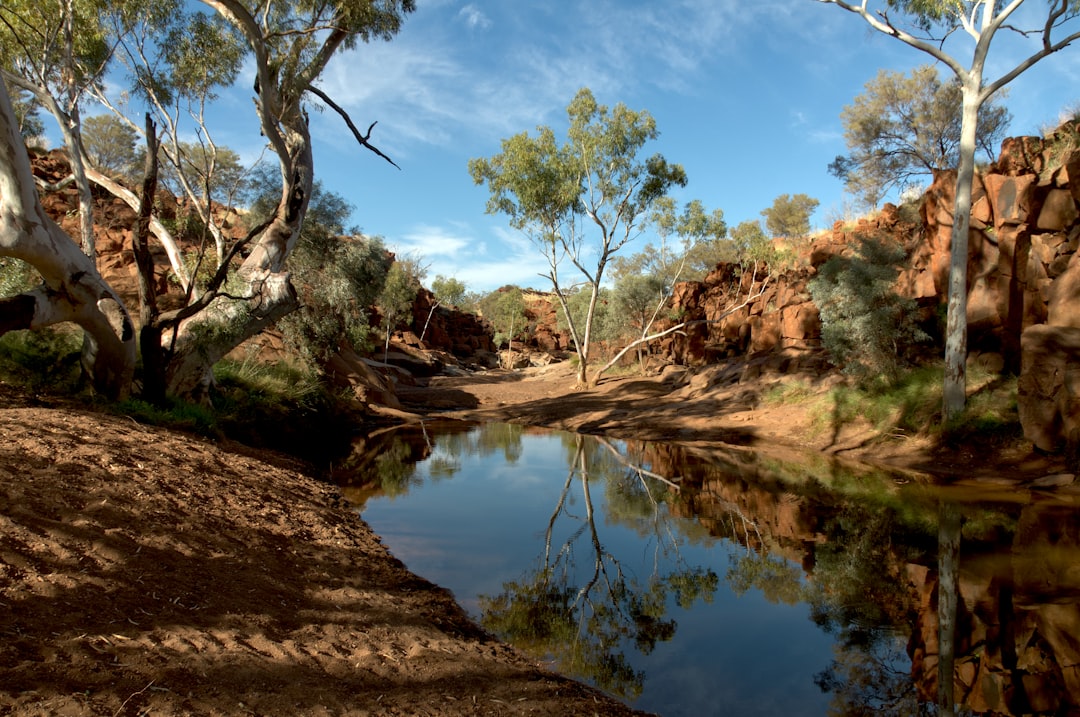
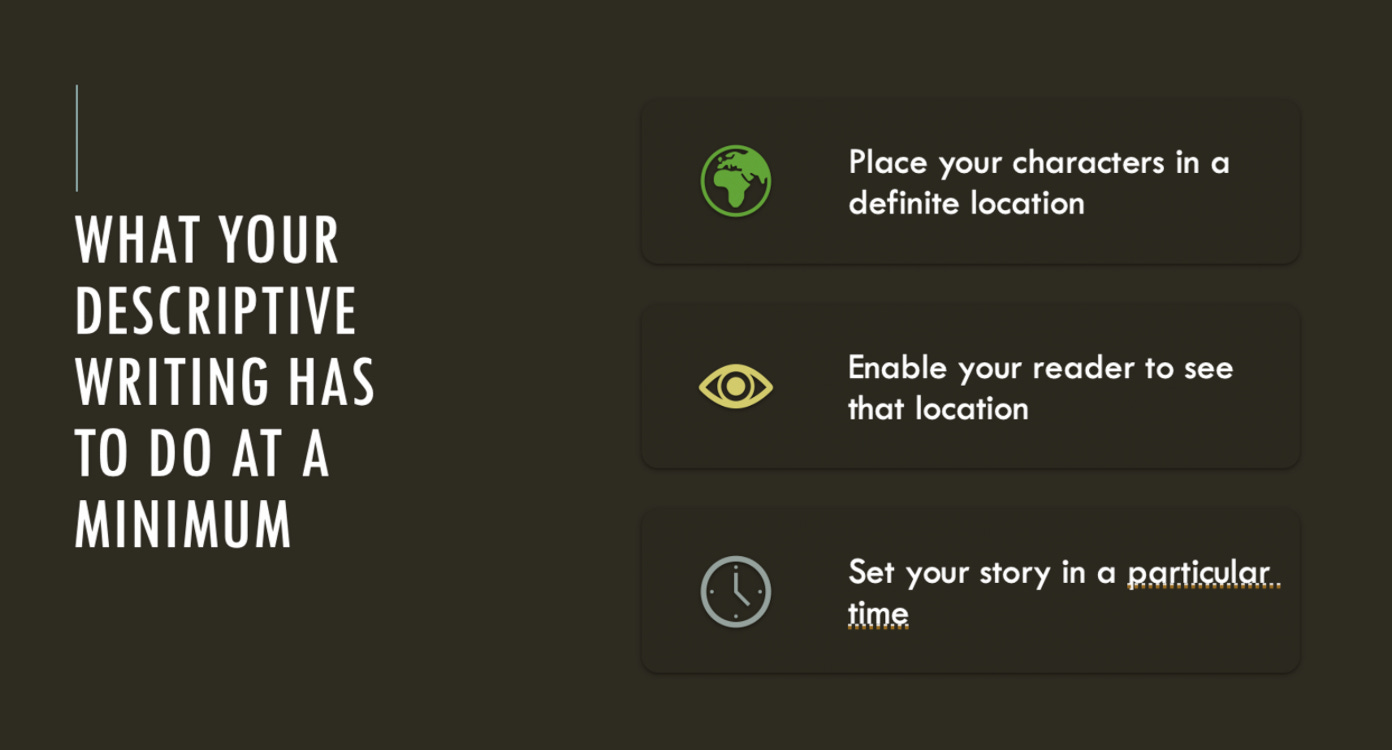

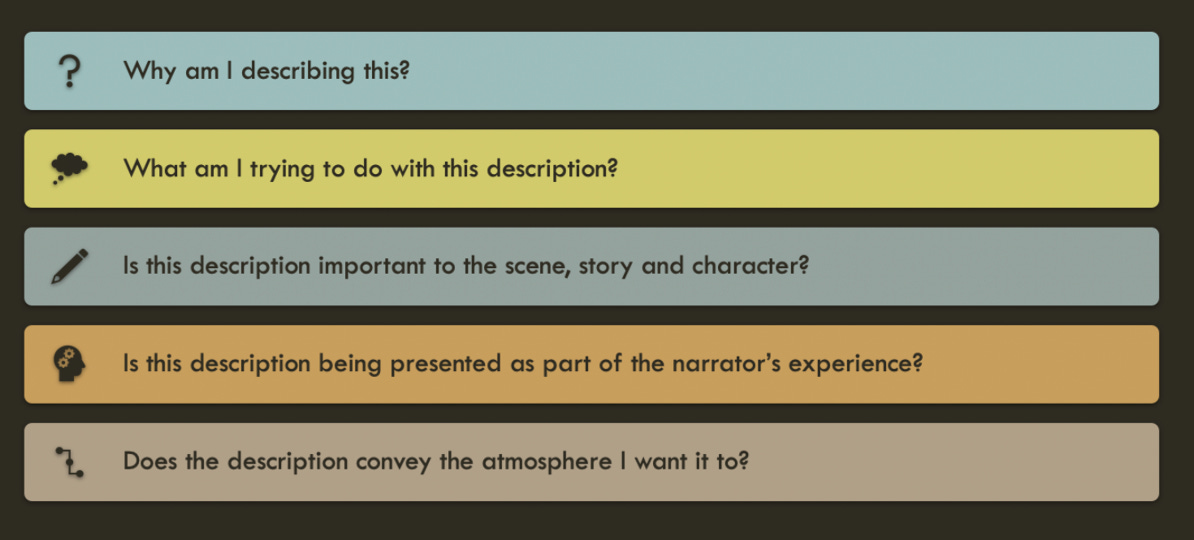

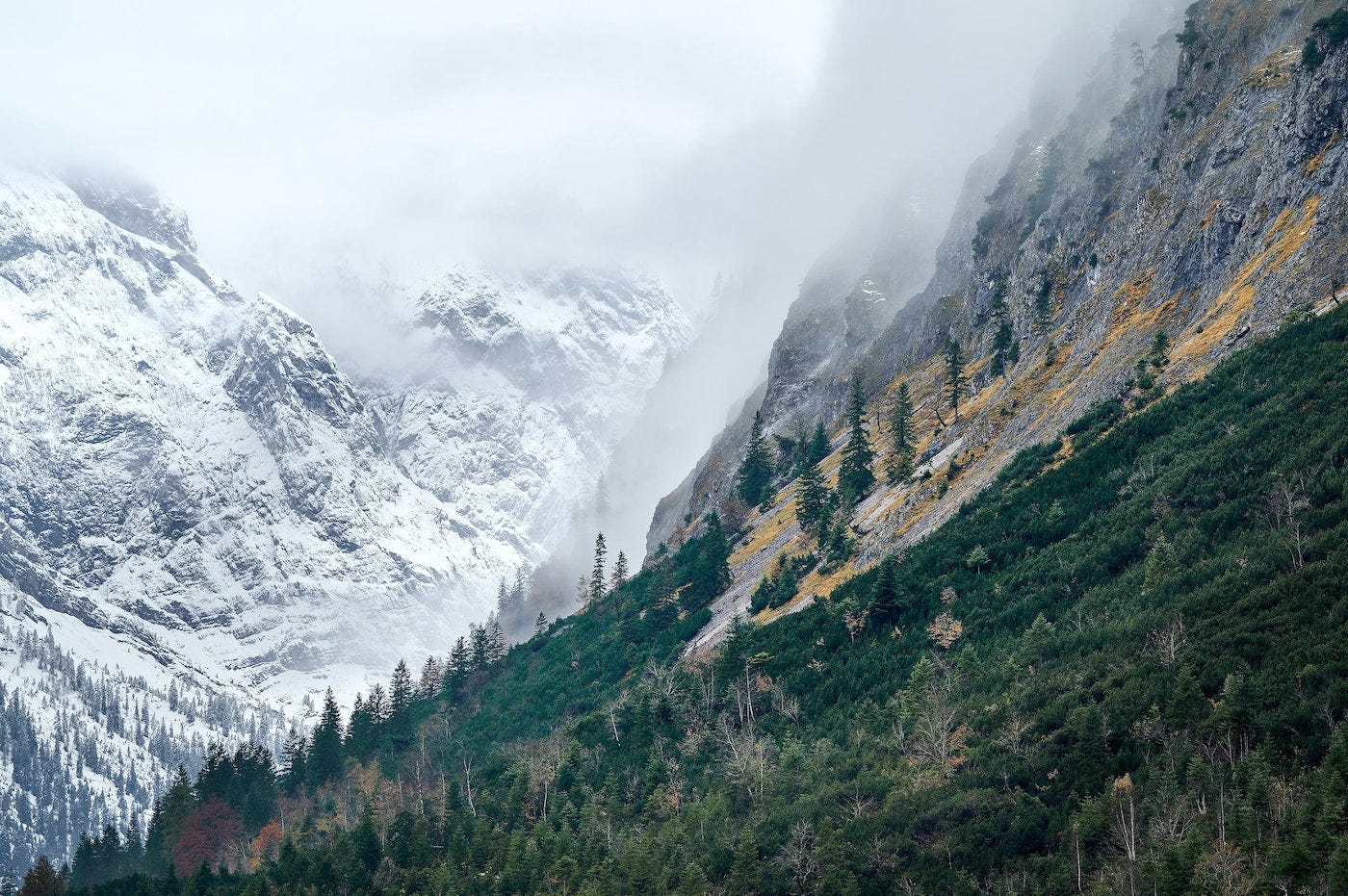

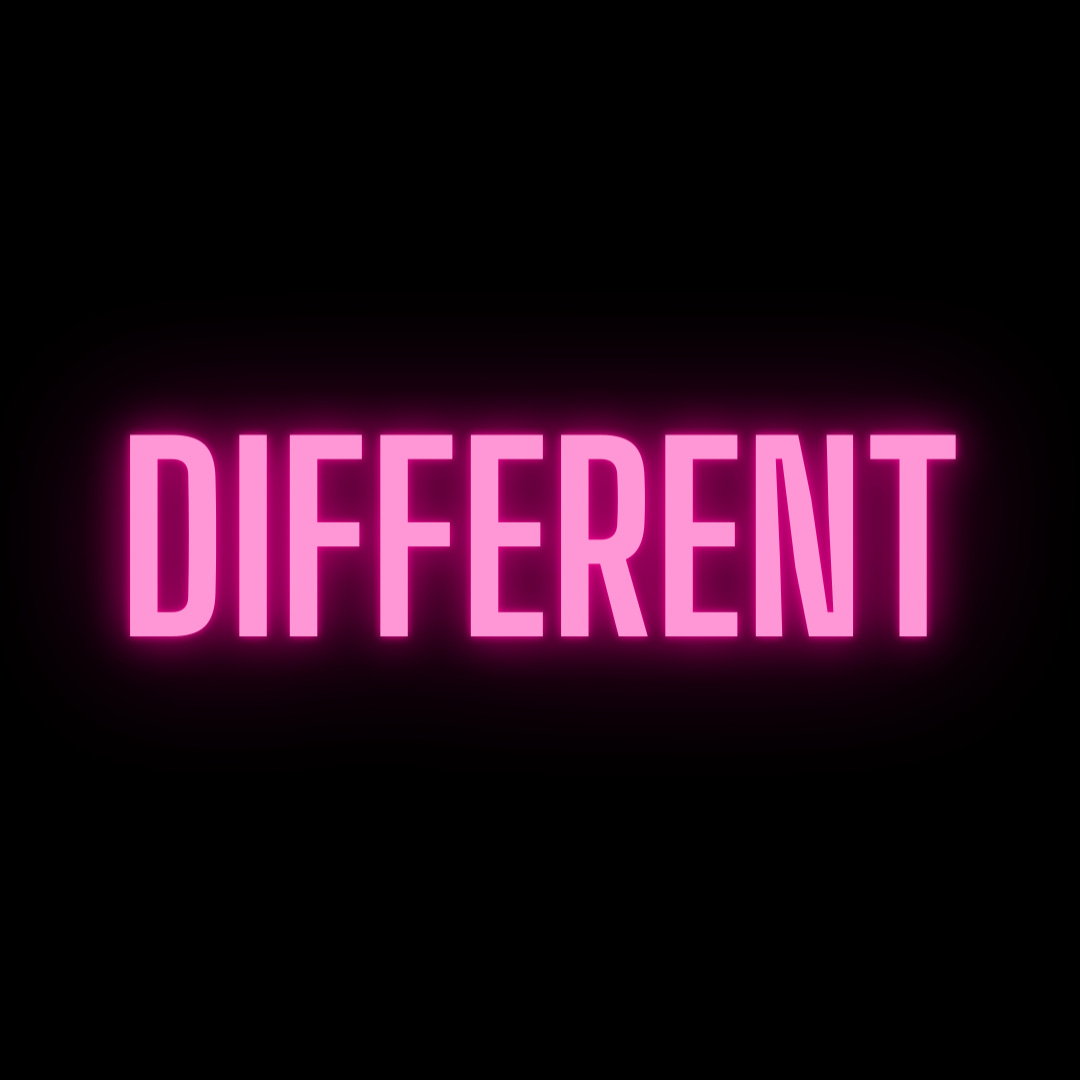

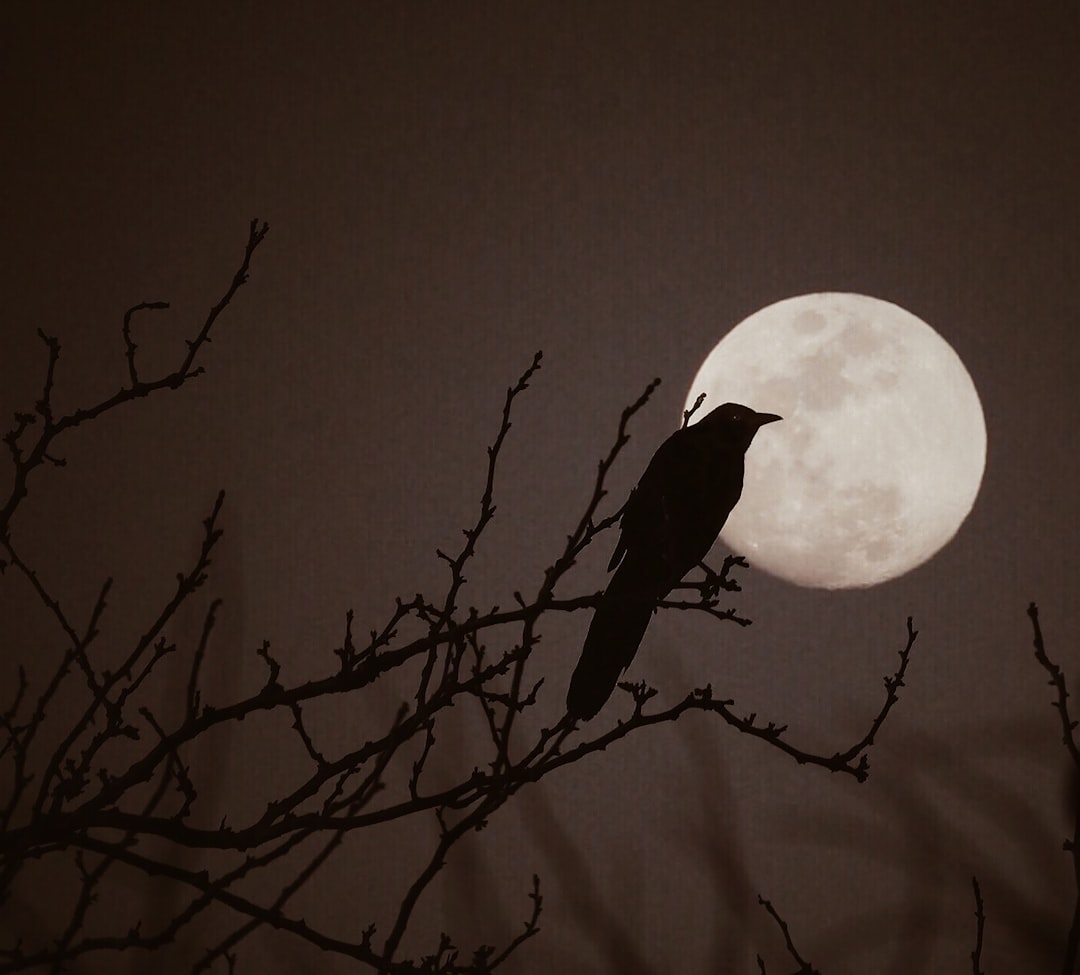


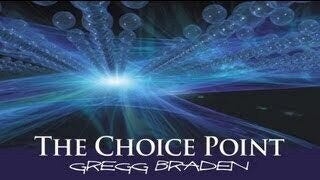
No comments:
Post a Comment